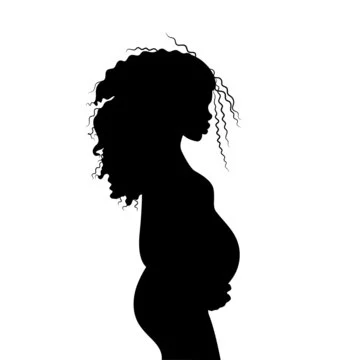Yesterday, my daughter Emma experienced a meltdown in a public setting. This is a familiar scenario for us. When emotions run high and communication falters, meltdowns are bound to occur. Typically, if we can swiftly remove her from the triggering environment, she calms down almost immediately.
The challenge yesterday was that getting her out of the building with its excellent acoustics meant descending two flights of stairs since the escalator was out of order, followed by crossing a sky bridge.
It was on that sky bridge where things took an unexpected turn. I had hoped that the fresh air would help Emma settle down. She usually enjoys the sky bridge for its expansive views. However, instead of calming, she stopped to sob even more. My partner, Mark, wrapped his arm around her waist and guided her forward despite her continuous wails.
At that moment, two security guards approached us. “We heard a woman screaming on the sky bridge,” they said.
We found ourselves explaining, “Our daughter has special needs, she’s having a meltdown, and we’re just trying to get her to the car. I promise she’s not being kidnapped.” The guards quickly reassured us, apologizing for any misunderstanding, and offered to help in any way they could. Just two minutes later, we were in the car, and Emma was beginning to calm down. Within moments of leaving the parking garage, she was back to her usual self.
What struck me was their initial perception—they thought my daughter was an adult. At 5 feet 3 inches tall, she is indeed taller than me, but it still surprised me that she was seen as an adult in distress.
We have entered a new phase. Society tends to be more accepting of children with disabilities—especially when they’re well-dressed, smiling, and exuding positivity. However, acceptance wanes when it comes to adults with disabilities. My daughter is transitioning into an adult with a disability, but she doesn’t visibly “look” disabled. Just the other night, I watched her return from refilling her drink at a restaurant and realized that to an outsider, she might just appear a bit awkward, not someone who has a disability.
When I shared our experience on social media, friends offered suggestions. “Could you get her an ID or an ID bracelet?” While that seems like a good idea, it doesn’t necessarily help her appear visibly disabled to the public. I could shout, “Don’t worry, she has cognitive disabilities and sometimes struggles with transitions!” but let’s be real, in the heat of the moment, that’s not feasible.
Perhaps I need a Bat-Signal or flare gun to communicate that this situation is not typical but also not threatening. Unfortunately, there’s no easy solution. The best I can think of is to raise awareness so that more people understand what’s happening if my daughter has a difficult moment in public. After all, isolating ourselves is not an option.
For more insights on navigating parenting challenges, including home insemination, check out this blog post. If you’re interested in home insemination options, Make A Mom offers excellent resources. You can also find valuable information at IVF Babble for those looking to explore pregnancy and home insemination.
Summary:
As children with special needs grow into adulthood, their needs and public perceptions may change. This blog reflects on the challenges of managing public meltdowns as parents navigate societal perceptions and the reality of their children’s disabilities. Awareness and understanding are crucial as families seek to engage with the world around them without retreating into isolation.
